The Best Countries for Safari
Choosing the Best Safari Countries
So how do you choose the best contry for safari?
If you’re interested in taking things a bit further, take a look at our sortable sample African Safari itineraries.
Botswana
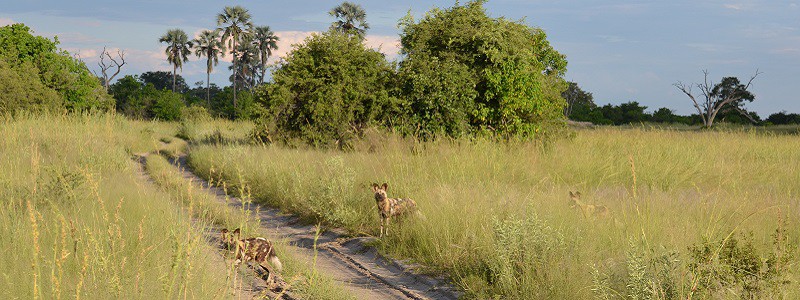
Chobe National Park features amazing elephant and viewing along with the rest of the big five. The best opportunities to view large game are between August and October during the high season.
Kenya
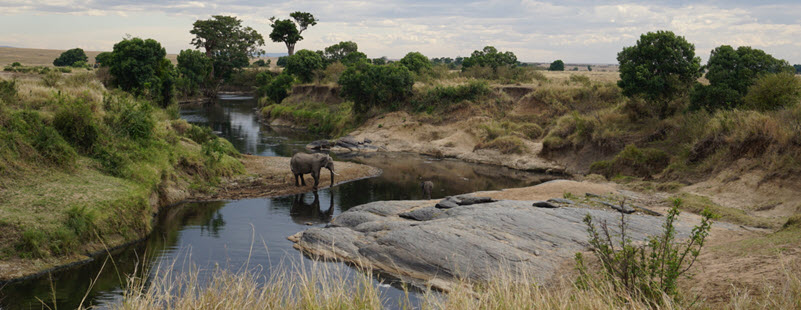
Amboseli National Park in Kenya features multiple different habitats and one of the best places in the world to see massive herds of elephants.
Mozambique
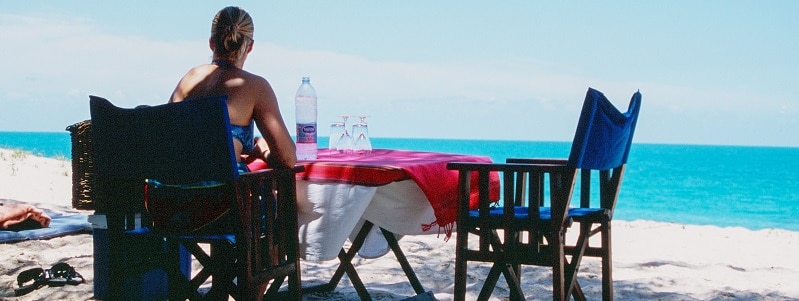
Namibia
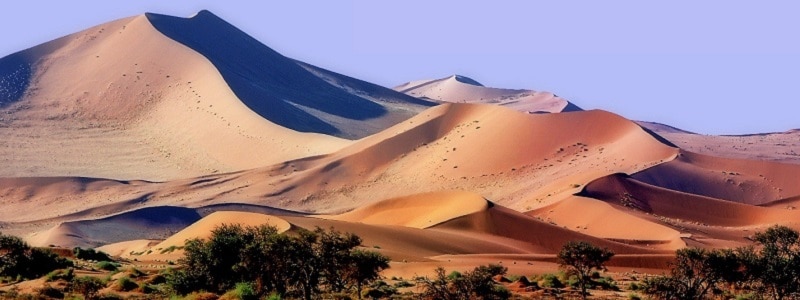
Namibia is a special destination with some of the most dramatic scenery in Africa. The Namib desert, the oldest desert in the world, pushes up against the cold Atlantic ocean coastline and forms The Skeleton Coast, one of the most desolate and remote places on earth. The red sand dunes at Sossusvlei are one of the most spectacular scenic areas on the planet. Etosha National Park is Namibia’s best place to see most traditional safari species.
Rwanda
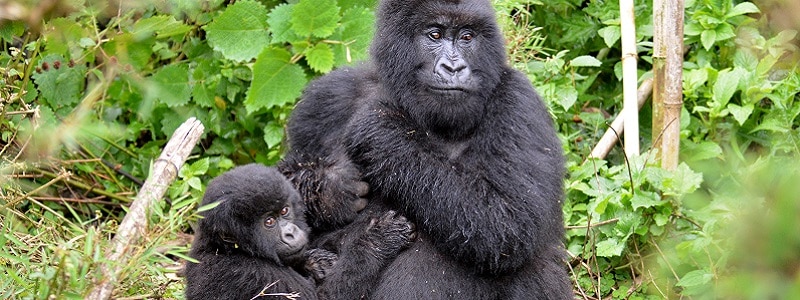
South Africa
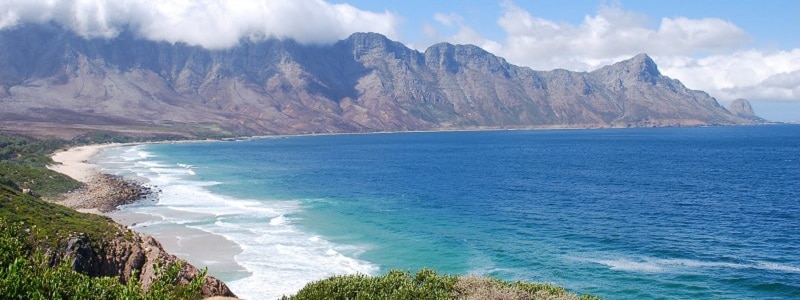
This is without a doubt the easiest quality area in Africa to see the Big Five (lion, leopard, elephant, buffalo, and rhino), and often times you may see all five species in a single day. It is also, without argument, the premier location to see leopards. The area feels a bit tamer and more managed than some other safari destinations.
Beyond the Cape, there are many other compelling regions that have game parks, historic battlefields, warm water beaches, mountains, some of the world’s most luxurious trains, and much more. Due to a good infrastructure, South Africa is one of the best destinations for those who want to do some self-driving. It is a vast country though, and there is an excellent network of domestic flights making it easy to get around.
Tanzania
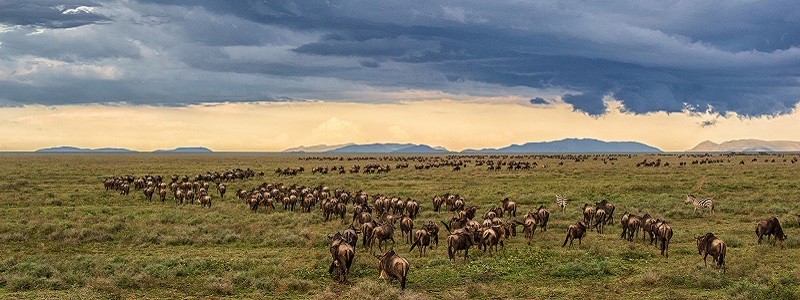
Uganda
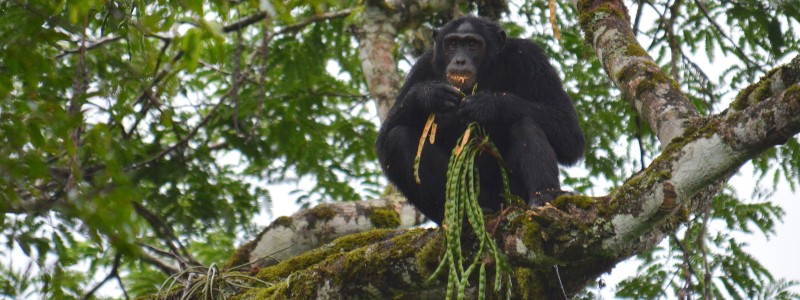
Zambia
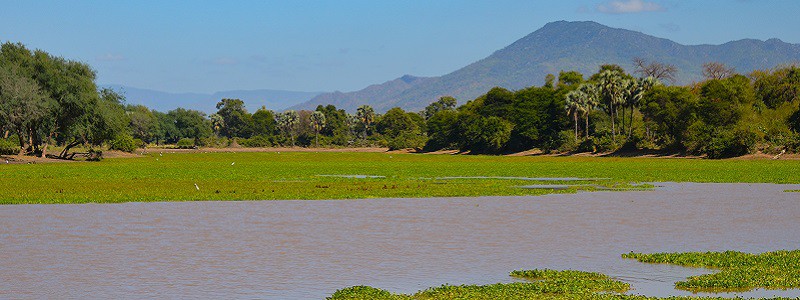
Zimbabwe
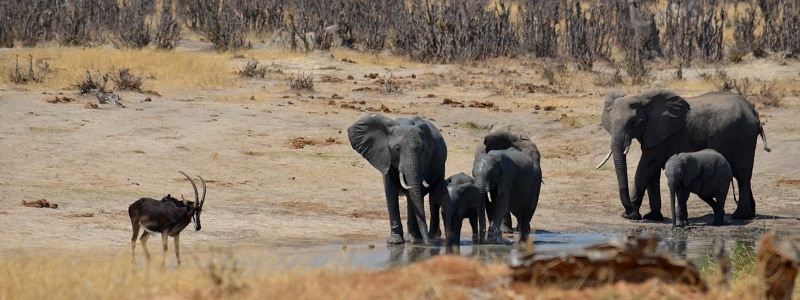
Learn more about Zimbabwe Safaris on our Zimbabwe Page.